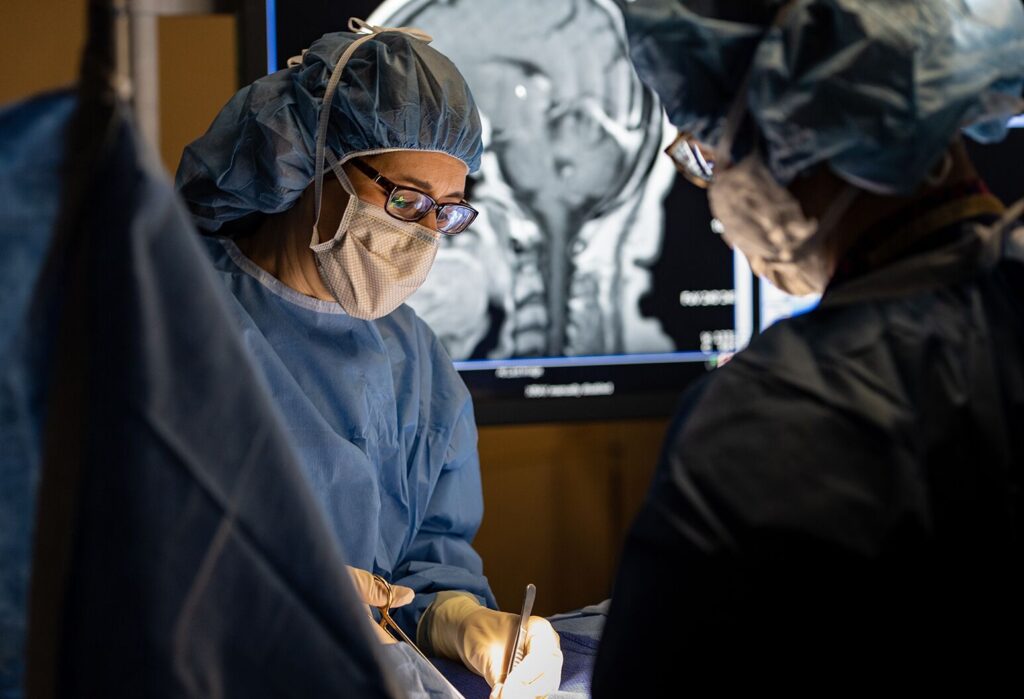
In the field of traumatic brain injuries, neurologists play an integral role. Their expertise helps in the healing process, lending credibility to the Cardiff brainwave recording. This revolutionary technique has changed the way we understand brain injuries. Let’s delve into the crucial role of neurologists, the importance of the Cardiff brainwave recording, and their combined impact on treating traumatic brain injuries.
The Role of Neurologists
Neurologists are brain doctors. They have a deep understanding of how the brain works. In traumatic brain injuries, their role is often crucial. They diagnose the extent of brain damage, monitor progress, and guide treatment. Their work is much like a gardener nursing a sapling back to health after a storm.
The Cardiff Brainwave Recording
The Cardiff brainwave recording is a game-changer. It’s a technique that shows how our brainwaves function in real-time. It’s like having a map of the brain’s electrical activity. With this map, neurologists can pinpoint where the brain injury is and track how well it’s healing.
The Combined Impact
Both the neurologist’s expertise and the Cardiff brainwave recording are essential tools in treating traumatic brain injuries. They work together like a hammer and anvil, shaping the path to recovery. With the right care and techniques, healing is possible.
Comparison: Traditional Methods vs. Cardiff Brainwave Recording
| Traditional Methods | Cardiff Brainwave Recording | |
| Diagnostic Precision | Often general, based on symptoms | Precise, based on brainwave activity |
| Recovery Monitoring | Limited, based on observed behavior | Detailed, based on changes in brainwave patterns |
| Individualized Treatment | Sometimes, based on generalized data | Always, based on individual brainwave patterns |
In the fight against traumatic brain injuries, we are not alone. Neurologists and innovative techniques like the Cardiff brainwave recording are on our side. They form a powerful alliance, bringing hope and healing to those affected by these injuries.






